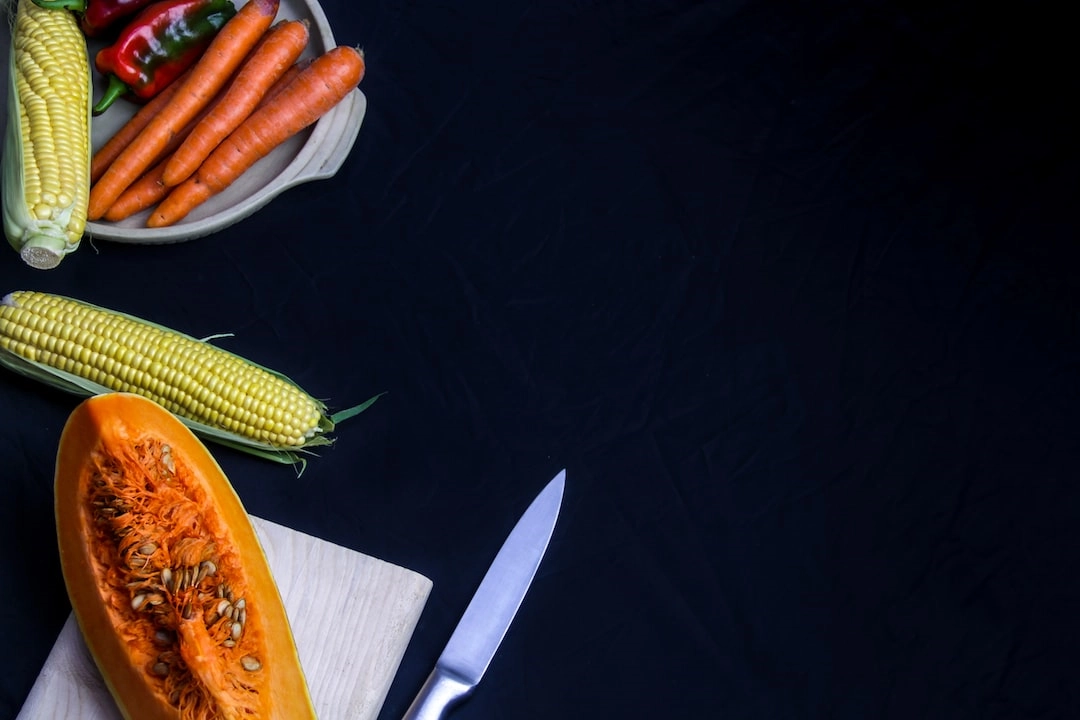
What are Organic Textiles?
Organic textiles refer to fabrics that are made from natural materials grown and processed without the use of synthetic chemicals and pesticides. This includes cotton, linen, hemp, silk, and wool, among others. Organic textile production emphasizes environmental sustainability, biodiversity, and the well-being of workers and consumers. It involves adhering to strict standards and certifications to ensure the integrity of the products.
Real-World Problems Associated with Organic Textiles
While organic textiles offer numerous benefits, there are also challenges and issues that need to be addressed. Some of the key problems include:
1. Limited Supply and Higher Cost
One of the main obstacles to the widespread adoption of organic textiles is the limited supply and higher cost compared to conventional fabrics. Organic farming practices, certifications, and supply chains require extra resources and investments, which can result in higher retail prices for consumers.
2. Lack of Awareness
A lack of awareness and understanding among consumers about the benefits of organic textiles can hinder their demand and market growth. Many people are unaware of the negative environmental and health impacts associated with conventional textile production, making it crucial to educate and raise awareness about the advantages of organic alternatives.
3. Greenwashing and Certification Challenges
Greenwashing, which involves misleading consumers about the sustainability and organic nature of textile products, is a significant concern. Some companies may claim their products are organic without appropriate certification or use vague terminology that confuses consumers. Ensuring reliable and consistent organic certifications, along with strict labeling regulations, can help address this issue.
4. Social and Economic Implications
Organic textiles are often associated with fair trade practices and ethical treatment of workers. However, the global textile industry still faces challenges related to poor working conditions, low wages, and labor exploitation, including in organic textile production. Ensuring fair wages and safe working conditions is important to address these social and economic implications.
5. Infrastructure and Supply Chain Complexity
Developing and maintaining organic textile supply chains pose logistical challenges. From sourcing organic materials to efficient processing and distribution, establishing a comprehensive and resilient supply chain requires dedicated infrastructure and collaboration among various stakeholders. Investments in infrastructure and supply chain management can help overcome these complexities.
6. Consumer Demand and Market Access
To drive the growth of organic textiles, it is crucial to create a strong demand and ensure market access. This involves targeting consumers who prioritize sustainability, promoting organic textile benefits through effective marketing strategies, and collaborating with retailers and fashion brands to increase the availability of organic textile products.
Overall, while organic textiles offer numerous advantages in terms of environmental sustainability and human well-being, addressing these real-world problems is essential for the wider adoption and successful integration of organic textiles into mainstream fashion and textile industries.

Solutions for Overcoming Challenges in Organic Textiles
To address the real-world problems associated with organic textiles, several strategies and solutions can be implemented:
1. Investing in Research and Development
Investing in research and development can help improve organic farming practices, textile processing techniques, and supply chain management. This will lead to increased efficiency, reduced costs, and improved product quality, which can make organic textiles more accessible and affordable for consumers.
2. Educating and Raising Awareness
Educating consumers about the benefits of organic textiles is crucial to create demand. This can be achieved through awareness campaigns, educational materials, and collaborations with influencers and media outlets. Sharing information about the environmental and health impacts of conventional textiles and highlighting the advantages of organic alternatives can help shift consumer preferences.
3. Strengthening Certification Processes and Regulations
To combat greenwashing and ensure the authenticity of organic textiles, strengthening certification processes and regulations is essential. This includes establishing clear standards, conducting regular audits, and enforcing transparent labeling requirements. Collaboration among industry stakeholders, certification bodies, and government agencies is necessary to develop and maintain credible certifications.
4. Promoting Fair Trade and Responsible Sourcing
Addressing social and economic implications in organic textile production requires a focus on fair trade and responsible sourcing practices. Supporting fair wages, safe working conditions, and transparent supply chains is crucial to improve the livelihoods of workers. Collaboration with organizations that prioritize ethical practices and adherence to fair trade principles can drive positive change in the industry.
5. Building Infrastructure and Supply Chain Partnerships
To overcome the complexities of organic textile supply chains, building infrastructure and fostering partnerships are key. Investments in processing facilities, logistics, and distribution networks can improve efficiency and reduce costs. Collaborating with farmers, manufacturers, retailers, and NGOs can help establish strong and sustainable supply chains that ensure the availability and accessibility of organic textiles.
6. Collaboration with Fashion Brands and Retailers
Creating demand and increasing market access for organic textiles requires collaboration with fashion brands and retailers. Encouraging fashion brands to adopt sustainable practices and incorporate organic textiles in their collections can significantly boost consumer awareness and demand. Partnerships with retailers can help expand the availability of organic textile products and make them more accessible to a wider audience.
By implementing these solutions and addressing the challenges in organic textiles, it is possible to drive the growth and adoption of sustainable textile practices, benefiting both the environment and the well-being of individuals involved in the textile industry.















